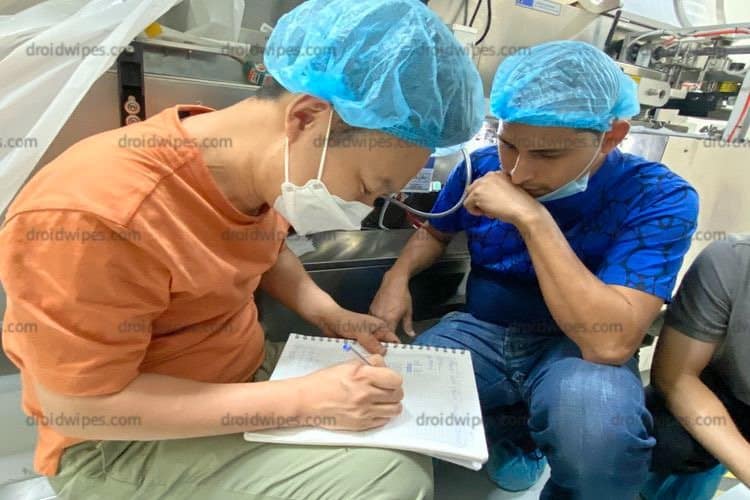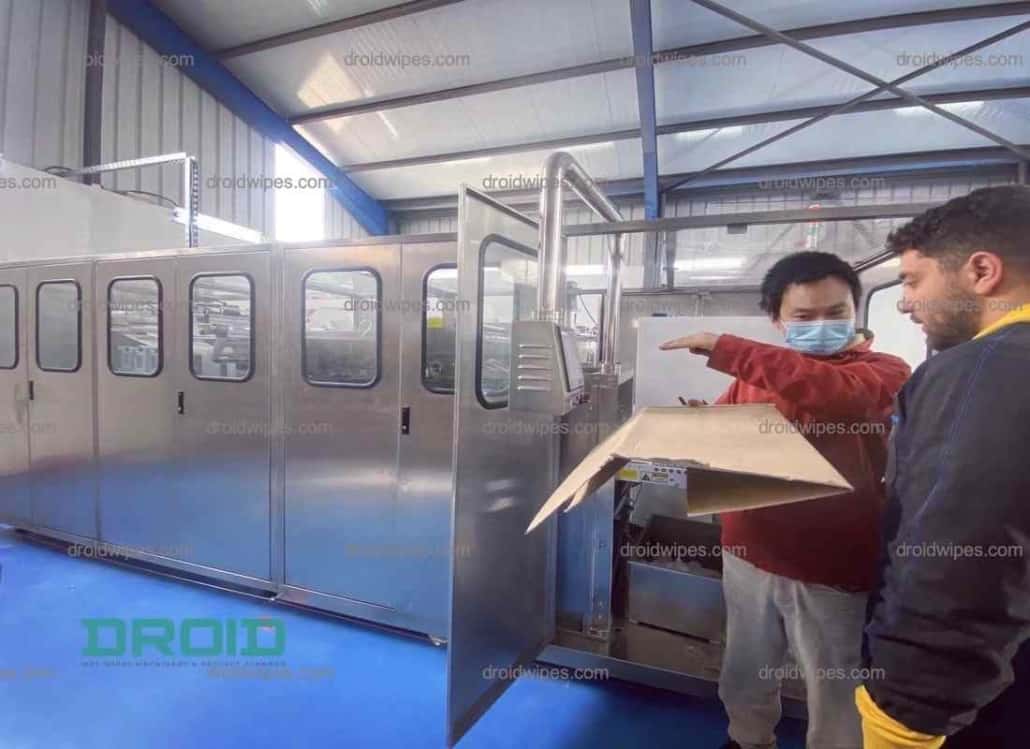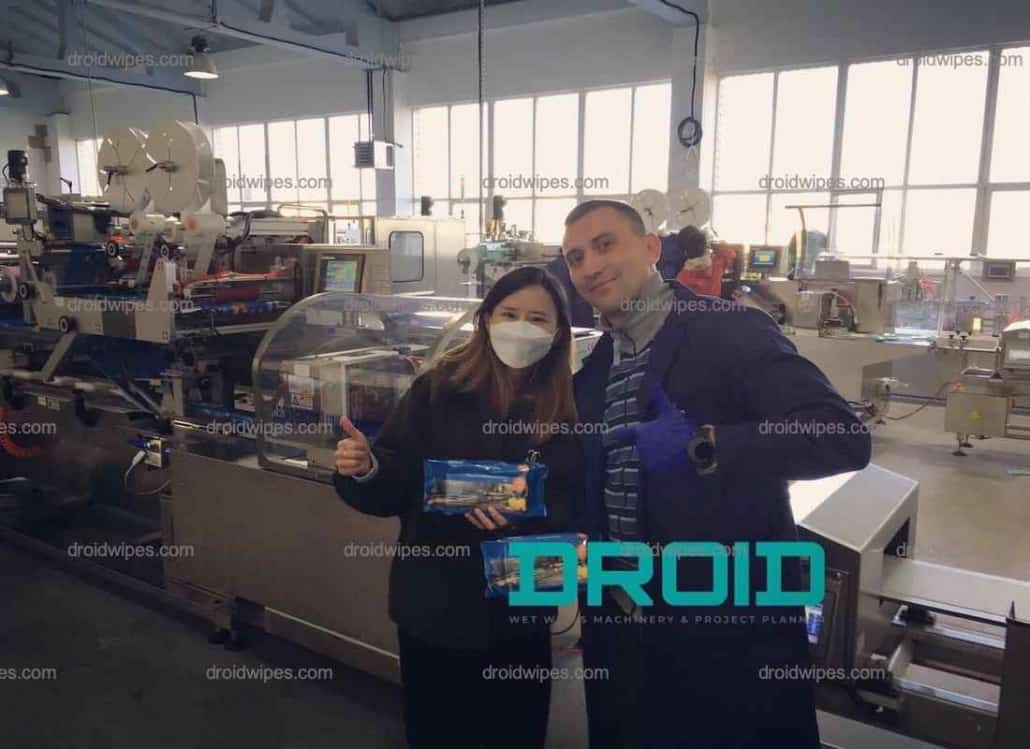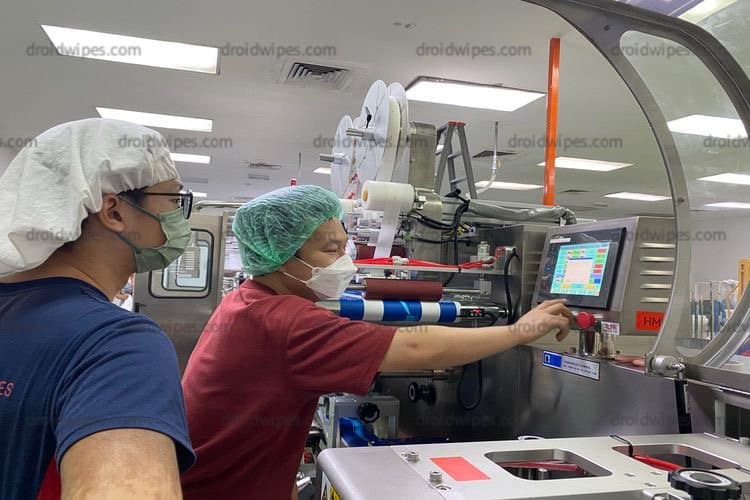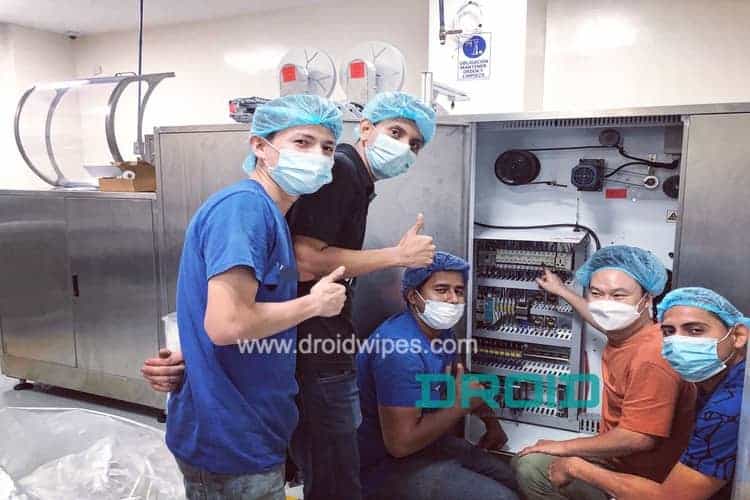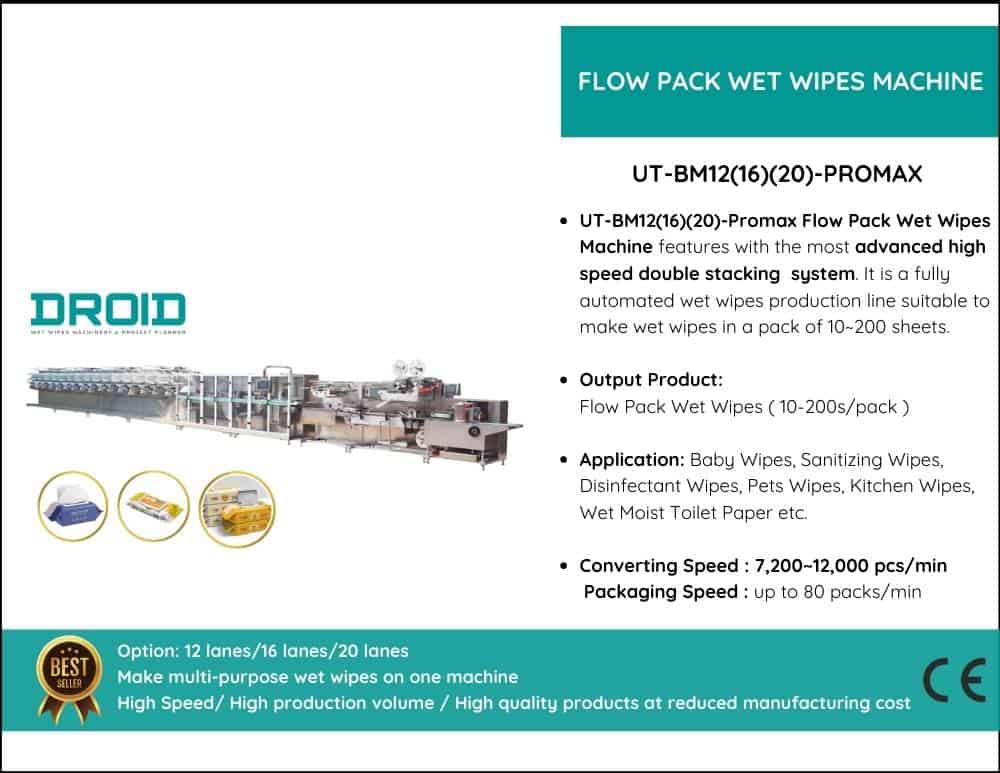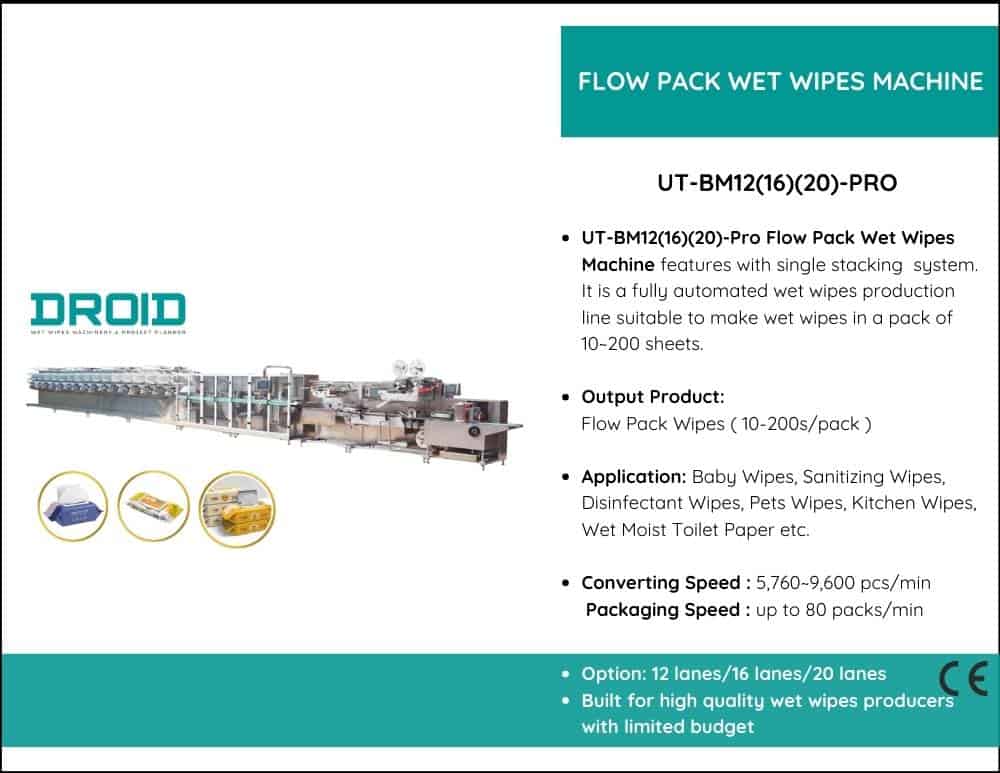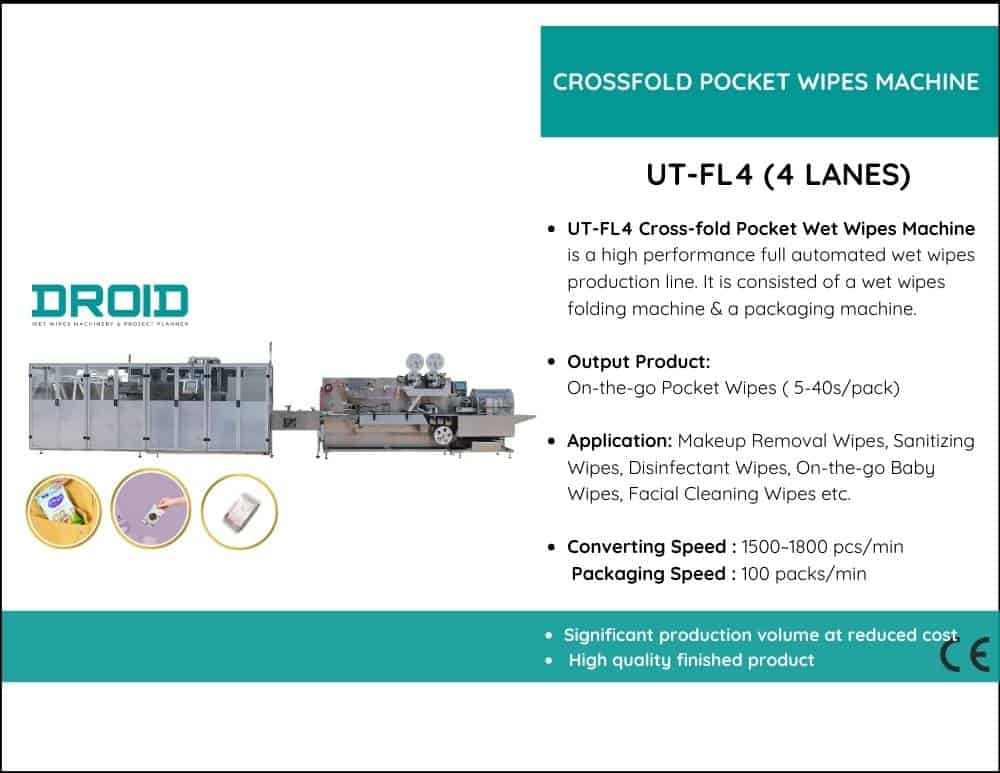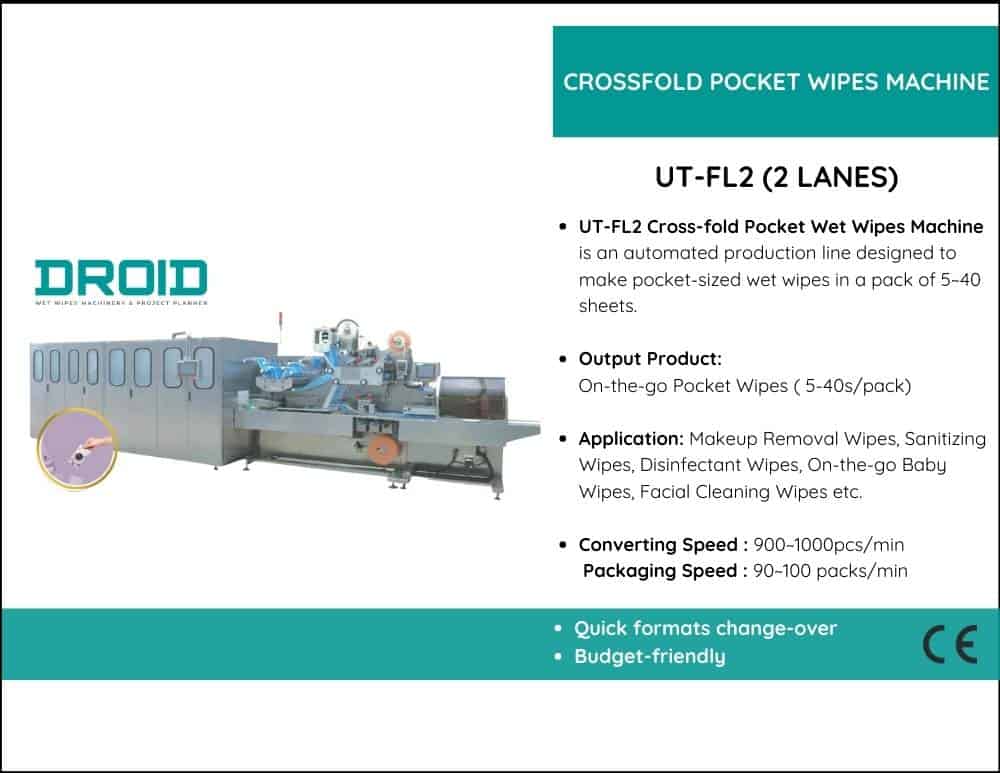One of the most common quality issues in wet wipes packaging is weak or insufficient sealing. This problem often appears as pouches with uneven sealing lines, leaks, or that easily rip open. Although weak sealing may seem like a simple issue, it can stem from several interconnected factors, including machine synchronization, temperature, pressure, and cleanliness.
Inadequate temperature or pressure is a primary cause of poor sealing. For the sealing jaws to effectively fuse the film layers, consistent heat and compression are essential. If the temperature is too low or the pressure is uneven, the seal may not form properly, resulting in partial adhesion. Even a slight temperature change of 5–10°C can significantly impact seal integrity, especially when using multi-layer laminated films that have limited heat tolerance.
Another common issue is contamination on the sealing surface. During the production of wet wipes, substances like lotion, dust, or fiber particles can easily splash onto or settle on the film. These contaminants act as barriers, preventing the two film layers from bonding. To maintain consistent operation, it’s essential to regularly clean the sealing area using non-stick cloths or alcohol wipes.
Incomplete sealing may also result from improper dwell time or film tension. If the film moves through the sealing process too quickly, the heat may not have enough time to penetrate and fuse the inner layers. Conversely, if the tension is too loose, the film may wrinkle and fail to make even contact with the sealing jaw.
To troubleshoot, start by testing the temperature and gradually increasing it in small increments while monitoring the seal strength. Ensure that the sealing jaws are clean, correctly positioned, and apply uniform pressure across the width. Finally, verify that servo synchronization and film feeding are steady.
By systematically addressing these factors, weak seals can be eliminated, ensuring that every pouch is durable, visually consistent, and leak-proof. This will help maintain product quality and uphold the brand’s reputation.


